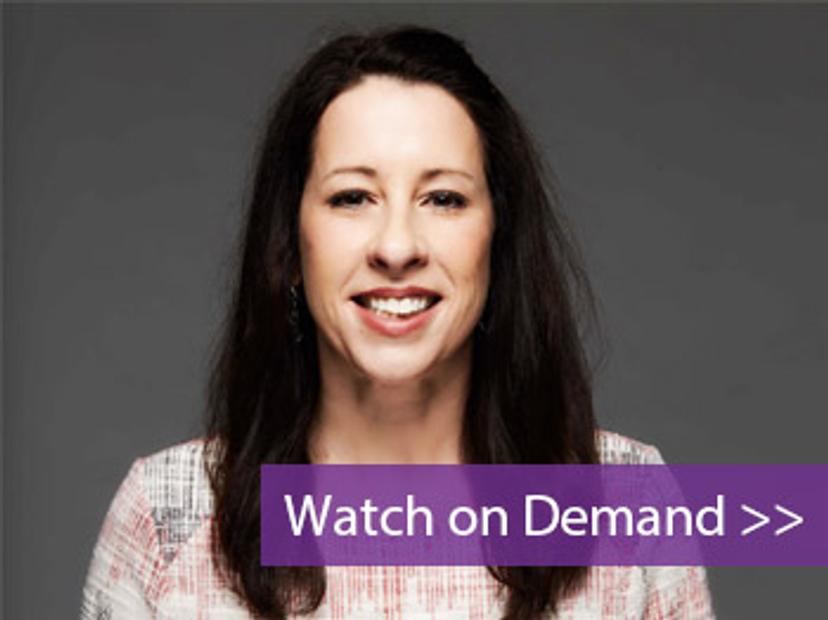Cancer drug development: Optimizing every stage of the pipeline
Watch this on-demand webinar for tips to improve the success of your research goals
2 Jan 2022

Biomedical researchers within pharma, biotech, and academic settings spend approximately $1 billion US dollars over 10 years to develop a new drug. Optimizing each step of the drug discovery pipeline from target ID to the clinic is critical to success—otherwise, setbacks may occur, such as costly delays, or in the worst-case scenario, late-stage attrition. To overcome these potential challenges, solutions are continually being developed to keep the process moving forward while minimizing risk.
In this free SelectScience® webinar, now available on demand, Dr. Catherine Ulich, Global Field Applications Scientist at Horizon Discovery discusses how the company can help accelerate your research, from discovery to clinical development, through its CRISPR gene editing and modulation expertise and complementary cell-based services.
Watch on demandRead on for highlights from the Q&A discussion or register now to watch the webinar on demand
When should I use CRISPRi?
CU: CRISPRi technology sits between CRISPR knockout and RNAi, in that it produces results as clean and clear-cut as though using CRISPR knockout. CRISPRi works by preventing transcription rather than targeted gene disruption. It can be more effective in studying genes where low-level residual expression could mask a critical phenotype.
CRISPRi is well suited for studying hypomorphic phenotypes, as well as non-coding genes. To that end, Horizon has recently developed a new set of reagents, Horizon CRISPRi System, which uses a catalytically deactivated Cas9 that fused to our proprietary transcriptional repressors, SALL1 and SDS3.
When we pair this with our algorithm design guides, we can target the gene immediately downstream of the transcriptional start site and repress that, and we can see inhibition within 24 hours.
Can you explain your cell panel screening process?
CU: We have 2D and a 3D cell panel screening that we call OncoSignature. It's a consortium-style screening platform where clients can test either a single agent or combination agents and look at the activity of their therapeutics in either all 300 or a subset of our OncoSignature cell line panel.
With this service, clients can measure the impact of their therapeutics upon cell viability with a single treatment time across a dose-response. So, being that this is a consortium service, we can complete a screen within three months and final analyzed data is reported in the fourth month.
We do also have the ability to onboard customers' lines and models, as well as look at various readouts, looking at more of a customized cell panel screen.
To learn more about common issues along the drug discovery and validation pipeline, watch the webinar on demand >>
SelectScience runs 10+ webinars a month across various scientific topics, discover more of our upcoming webinars>>
